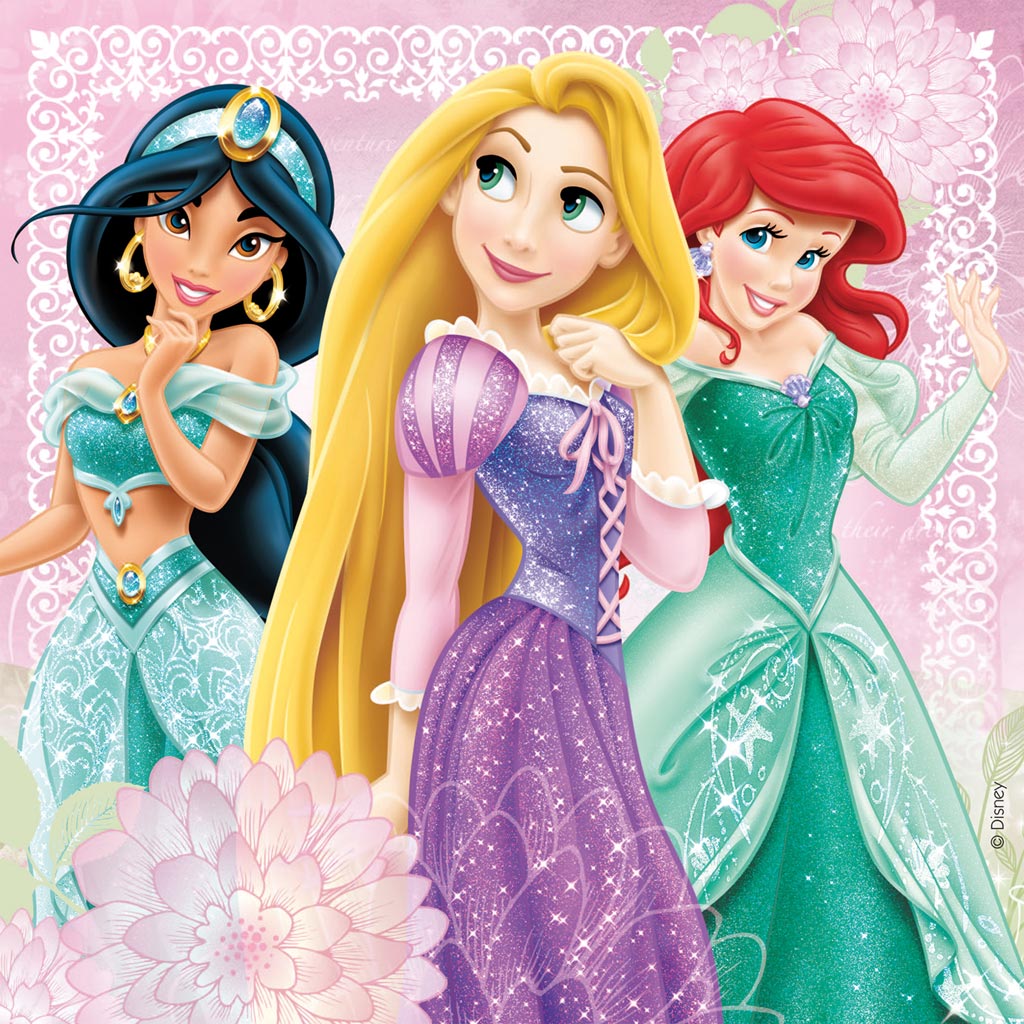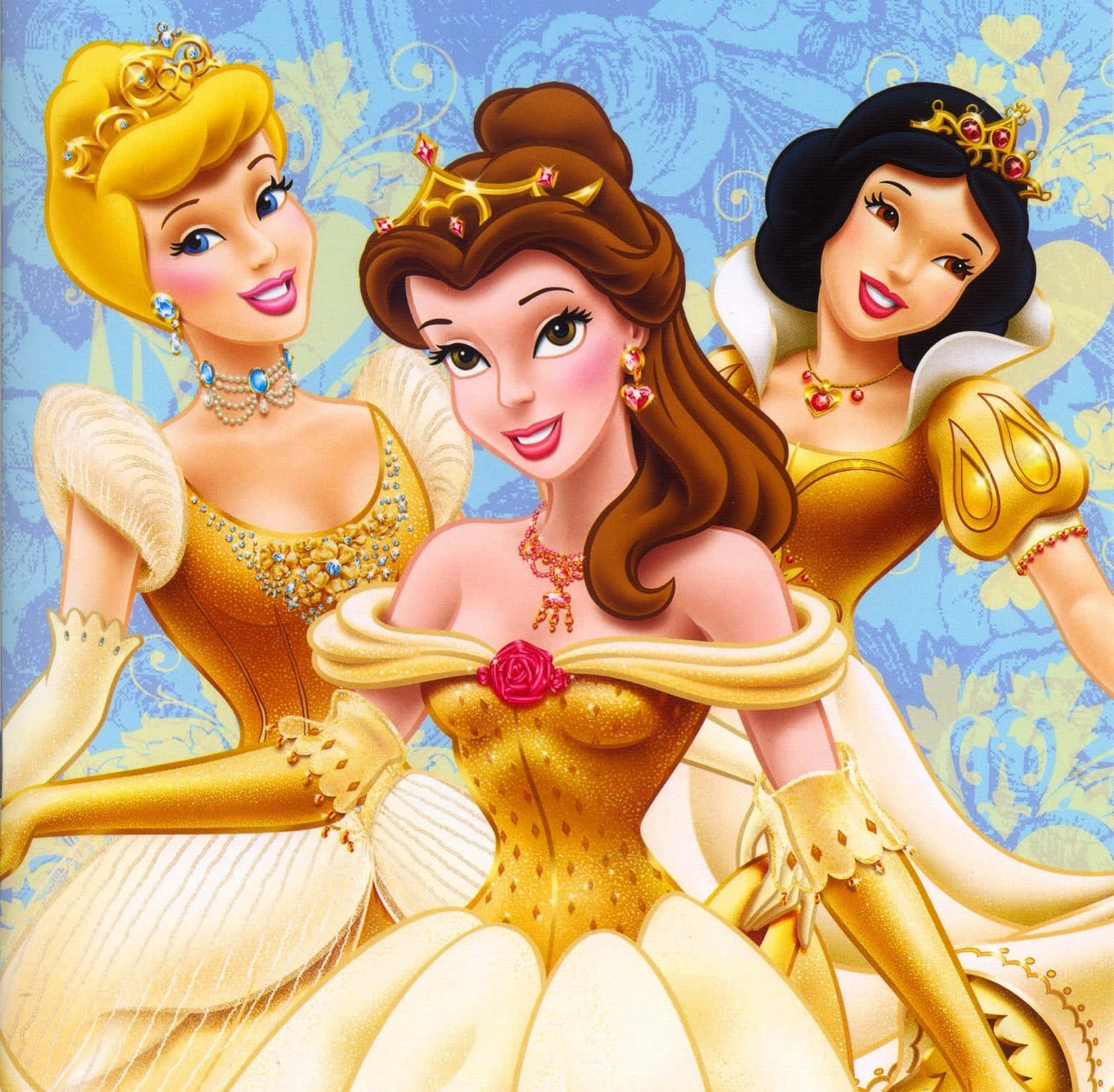Princess Margaret Britain - The Idea Of A Royal Name
When we think about titles, especially those tied to royalty or special standing, a lot of interesting ways we use language come to mind. It's like how a simple word can hold so many different meanings, depending on who is saying it or what the situation is, you know? This very notion, in a way, helps us think about figures like Princess Margaret Britain, not just as a person, but also through the lens of how titles and names get their shape in our everyday talk.
There are times, for instance, when a word like "lil" pops up, often a shorter form of "little," and it makes you think about how language can be playful or affectionate, sort of like giving someone a sweet nickname. Or, you might come across an older term, like "milady," which, as a matter of fact, goes back a good while, to 1778, and shows how titles used for English people have roots in other languages, partly from French, too. This gives us a little peek into the history of how we address people of importance.
Then there are the rules, or lack thereof, about how we write these words. Capitalization, for example, is really more about style, so it changes from one publisher to another, which is pretty interesting, actually. It shows us that even with formal titles, there's quite a bit of flexibility in how they are presented, just like how a name like Princess Margaret Britain might be talked about in different settings, sometimes formally, sometimes with a bit more casualness.
Table of Contents
- Understanding the Idea of 'Princess' and Princess Margaret Britain
- Linguistic Details of 'Princess' Related Terms
- What Does 'Princess' Mean in Everyday Speech?
- How Do Titles Like 'Princess' Get Used?
- Princess Margaret Britain and the World of Fictional Royalty
- Beyond Titles - Princess Margaret Britain and Travel Experiences
- Are There Different Ways to Experience a 'Princess' Level of Service?
- Considering the Reach of 'Princess' - A Global View
- What Makes a 'Princess' Experience Stand Out?
Understanding the Idea of 'Princess' and Princess Margaret Britain
When we consider a figure like Princess Margaret Britain, it’s interesting to think about the very words we use to describe such a person, and how those words carry different sorts of weight or feeling. You know, the way language works can be pretty fascinating, almost like a living thing, always changing and taking on new shades of meaning. The idea of a 'princess,' for instance, can call to mind so many different images, from storybook figures to actual members of a royal family, and even sometimes just a term of affection. It’s a word that, in a way, holds a special spot in our collective imagination, isn't it?
Looking at how language itself behaves, we see things like "lil," which is a shortened version of "little," and it’s often used in a casual or sweet way. This little bit of wordplay, you know, sort of shows how even formal titles can have these softer, more approachable forms. Wikipedia, for one, points out that "lil" works as a kind of prefix, making something seem smaller or perhaps more endearing. It’s almost like how someone might affectionately refer to a royal person in a less formal setting, perhaps with a slight variation on their full title, making it feel a bit more personal, if that makes sense.
Then there's the word "milady," which, according to the Oxford English Dictionary, first appeared in 1778. This term, apparently, came partly from French and was used when speaking to or about an English lady of high standing. It shows how language can borrow from other places to create new ways of showing respect or status. For someone like Princess Margaret Britain, this historical background of titles is quite interesting, as it highlights the long tradition of how people of noble birth have been addressed through the ages. It’s a connection, you see, to a much older way of speaking about important people.
The way we use titles, whether it’s "mister" or "princess," can depend a lot on the situation, too. Sometimes, "mister" might be part of a complete style, like when it’s tied to a specific position, for example. This makes you think about how a title isn't just a word, but often comes with certain expectations or roles. For a person like Princess Margaret Britain, her title

Disney Princess - Disney Princess Photo (33708180) - Fanpop

Download Princess Pictures | Wallpapers.com

Princess